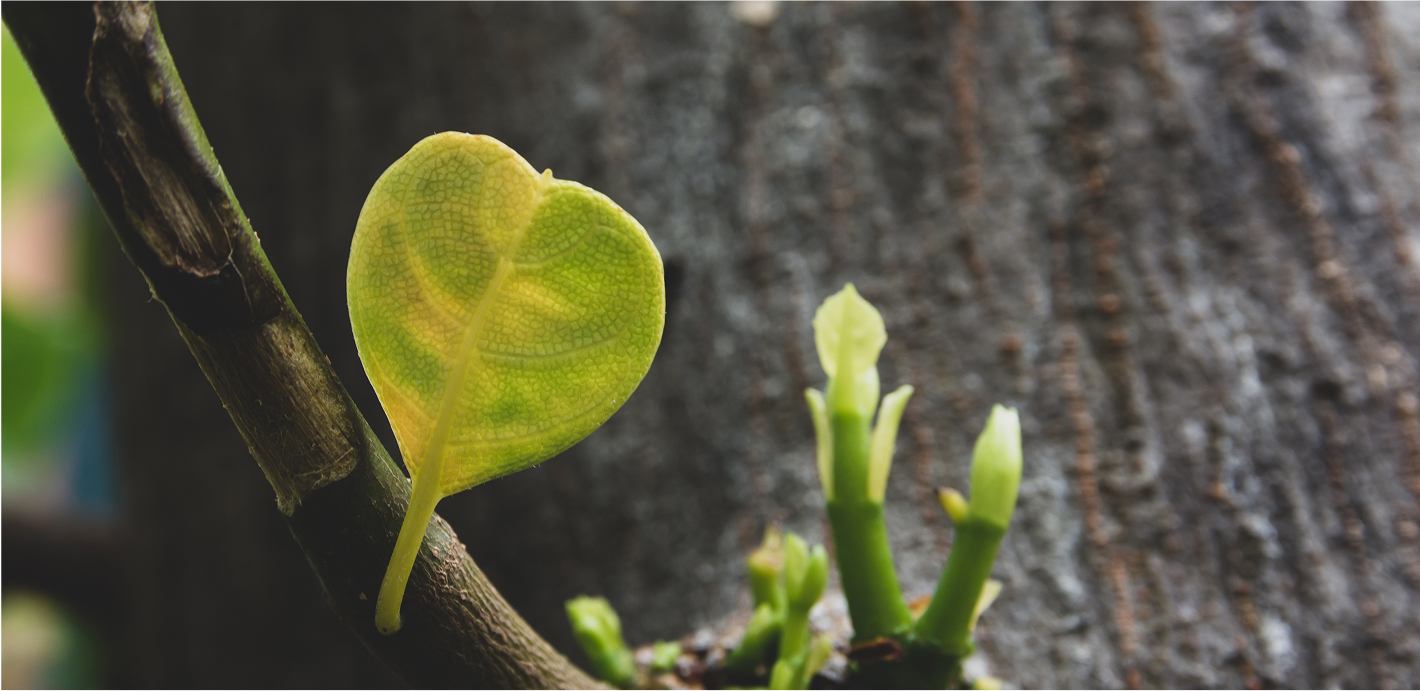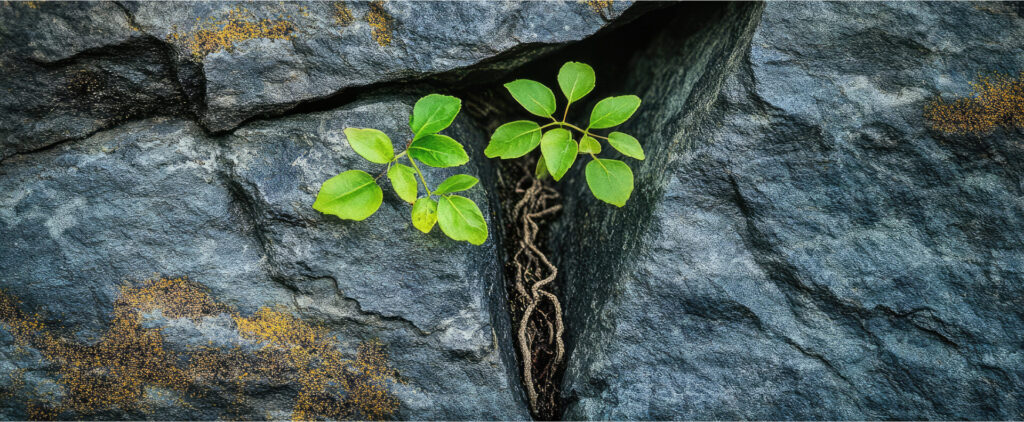We are living in a time of great unraveling. Glaciers melt, forests burn, coral reefs bleach white. Old systems — economic, social, even spiritual — tremble under the weight of their own unsustainability. It is no wonder so many of us carry a quiet ache, a sense of loss we don’t always have the words for.
This is not just personal grief. It is planetary grief — the pain of watching the world we love change in irreversible ways. But in a culture that rushes us toward productivity and optimism, we are rarely given permission to feel it.
At Project ADAPT, we believe grief is not something to fix or hide, but something to tend. It is sacred. It is a portal. When we allow ourselves — and each other — to fully feel the weight of what’s being lost, something profound can happen: our numbness gives way to care. Our heartbreak opens into connection.
In many Indigenous and ancestral traditions, grief was never meant to be carried alone. It was sung. Danced. Cried aloud in ceremony, held by community. These rituals reminded people that loss is part of the cycle of life — and that even in death, there is beauty.
Grief Is an Act of Resistance
In a culture that denies death, that separates us from the Earth and from one another, grieving is revolutionary. To grieve is to say: I care. I notice. This matters to me.
Across many cultures and traditions, grief has always been a communal act — not something to be hidden behind closed doors. People wailed, sang, built altars, danced their sorrow into the ground. Grief was a teacher, not an enemy. It reminded the living of what was sacred and helped the dead return to the soil.
When we gather to grieve — whether in ritual or in silence, with tears or with poems — we restore relationship. With ourselves. With each other. With the land.
What Grows After the Grief
It may feel like there is no way forward. But grief is not a dead end. It is a composting ground.
When we let ourselves feel the full weight of loss — of species, of ways of life, of futures we once imagined — we begin to remember what truly matters. We reconnect with our aliveness. We begin to ask new questions:
- What do I love too much to lose?
- Who do I belong to?
- What does it mean to live well, even now?
From these questions, new roots begin to grow.
- Roots of mutual aid.
- Roots of community gardens.
- Roots of listening circles, sacred fires, story sharing.
- Roots of we instead of me.
We do not grieve to stay in sorrow. We grieve to stay human. To stay awake. To grow something more connected, more honest, more whole.

What Grows After the Grief
You don’t need to wait for a ceremony. You can begin wherever you are
- Find a quiet place outdoors, if possible — a patch of soil, a tree, a balcony.
- Sit or stand. Close your eyes. Breathe.
- Ask yourself: “What am I grieving?”
It may be personal. It may be planetary. It may be something you can’t name. Let it rise. - Let your body feel it. Tears, tightness, silence — it all belongs.
- Offer it to the Earth. Say it aloud. Sing it. Write it. Lay your hand on the ground. Let it go.
We Grieve Together
You are not alone in this. All around the world, people are feeling this same ache — and they are choosing to respond not with despair, but with rooted love.
Together, we can hold space for what’s dying, while nourishing what’s still alive.
In grief, we remember. In remembrance, we begin again.
Grief is praise, because it is the natural way love honors what it misses.





